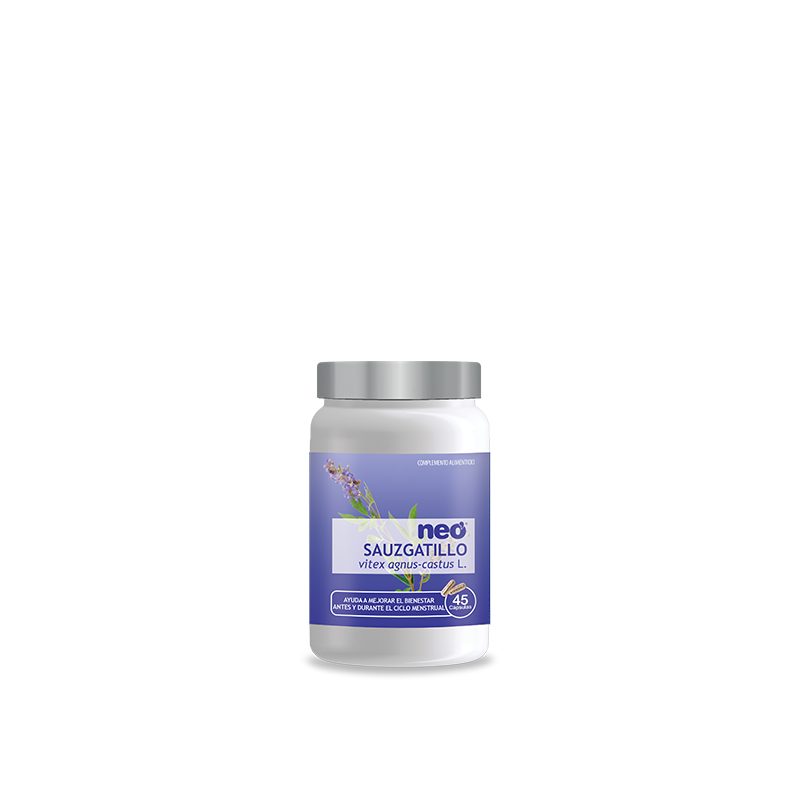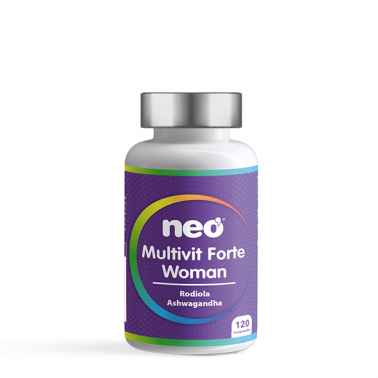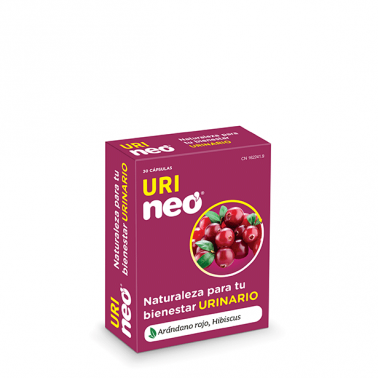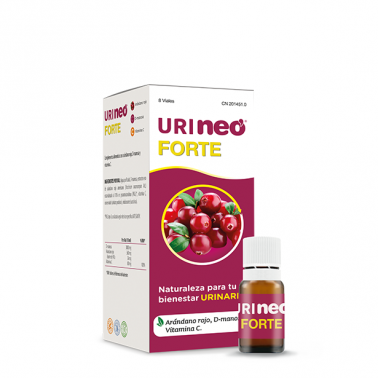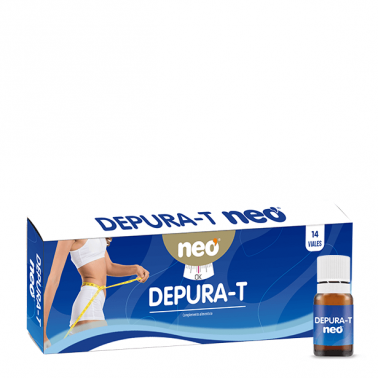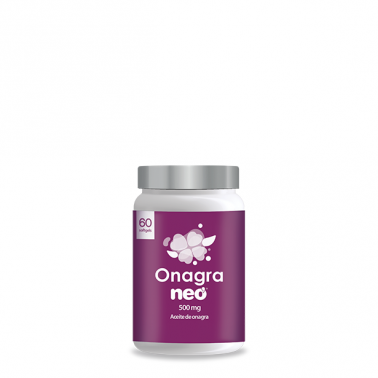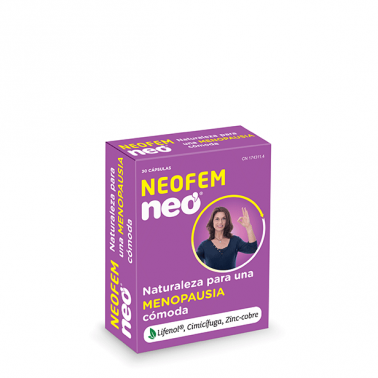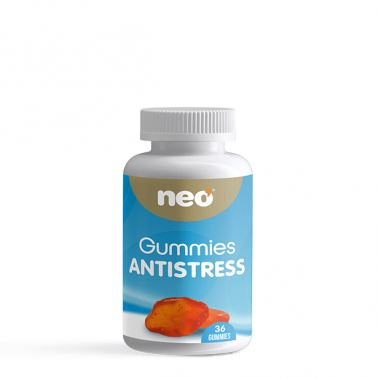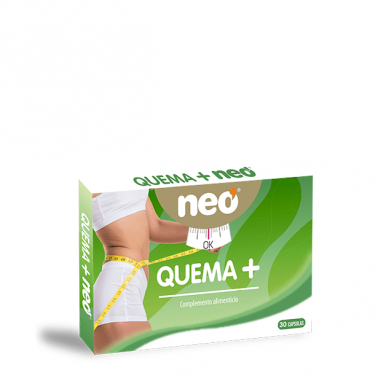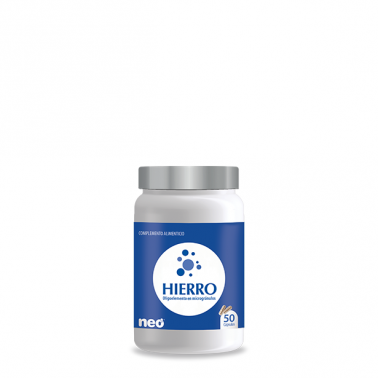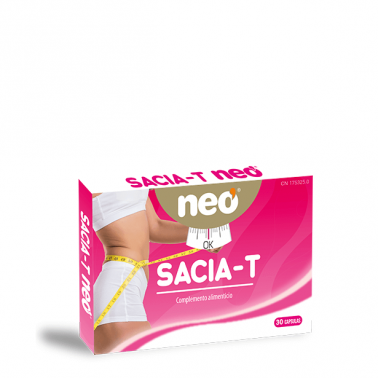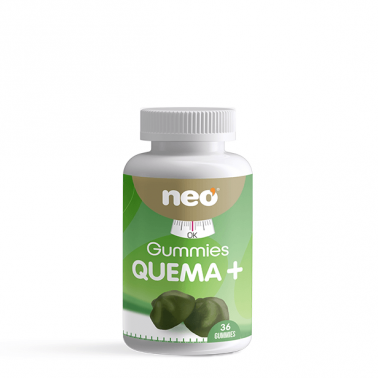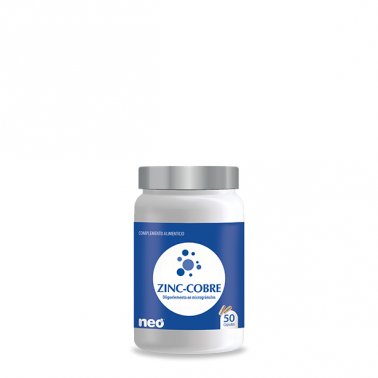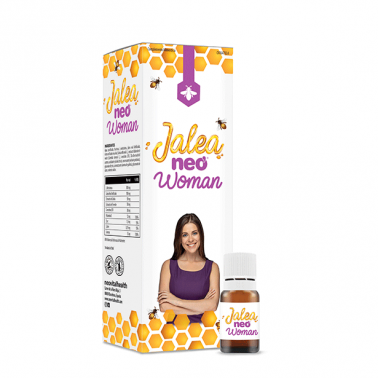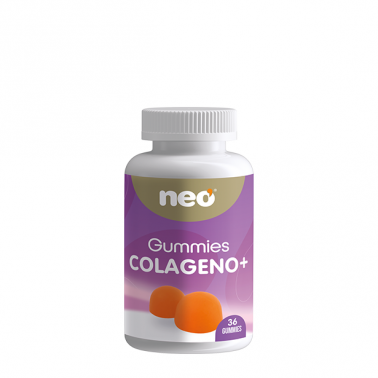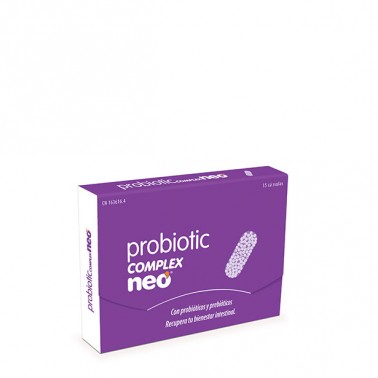SAUZGATILLO NEO
Sauzgatillo Neo - 45 capsules
Gluten free
It helps to improve well-being before and during the menstrual cycle.
Chasteberry is a Mediterranean plant species, from the Lamiaceae family, which grows in cool groves and river banks. It has abundant branches, digitate leaves, small, blue flowers and small, round, black fruit. It requires full sun or partial shade with well-drained soil. The fruits (round, small and black) contain heteroside iridoids (aucubosides and agnusides), flavonoids (vitexin, casticin), essential oil (monoterpenes, sesquiterpenes), diterpenes (rotundifuran, vitexylactone and 6ß, 7ß-diacetoxy-13-hydroxy-labda-8,14-diene) and fatty acids (linoleic acid, oleic acid, palmitic acid and stearic acid).
Chasteberry has traditionally been used for the treatment of premenstrual symptoms (its flavonoids acting on μ- and μ-opioid receptors, together with its agonist effect on dopaminergic D2 receptors), as an emmenagogue, galactogen, tranquiliser and to facilitate sleep. Also for the treatment of symptoms associated with luteinising hormone (LH) deficiency, such as mastodynia and menstrual cycle irregularities, and treatment of acne. An in vitro test has shown the immunomodulatory activity of casticin, one of the main flavonoids in chasteberry.
MAIN INDICATIONS:
- Premenstrual syndrome, menstrual cycle irregularities and mastodynia.
Chasteberry fruit extract (Vitex agnus-castus L) standardised to 0.5% agnusides 200 mg, bulking agent (cellulose), vegetable coating (pululan), carrier (shellac), sweetener (xylitol).
Take 1 or 2 capsules a day, with a glass of water.
Food supplements should not be used as a substitute for a balanced diet. Do not exceed the recommended daily dose. Keep container in a cool, dry place out of reach of children. Contains sweetener. Excessive consumption may cause laxative effects.
Not recommended for use in case of pituitary tumours with prolactin secretion, as it may mask symptoms.
Not to be used concomitantly with dopamine receptor agonists/antagonists or dopamine agonist/antagonist, oestrogenic or anti-oestrogenic medications, as possible interactions cannot be excluded.
Pregnancy, lactation: not recommended.

